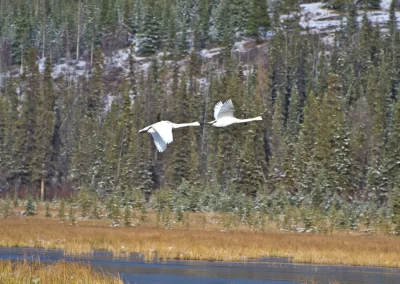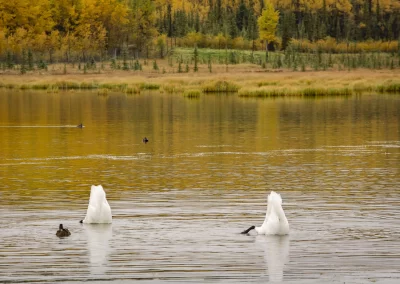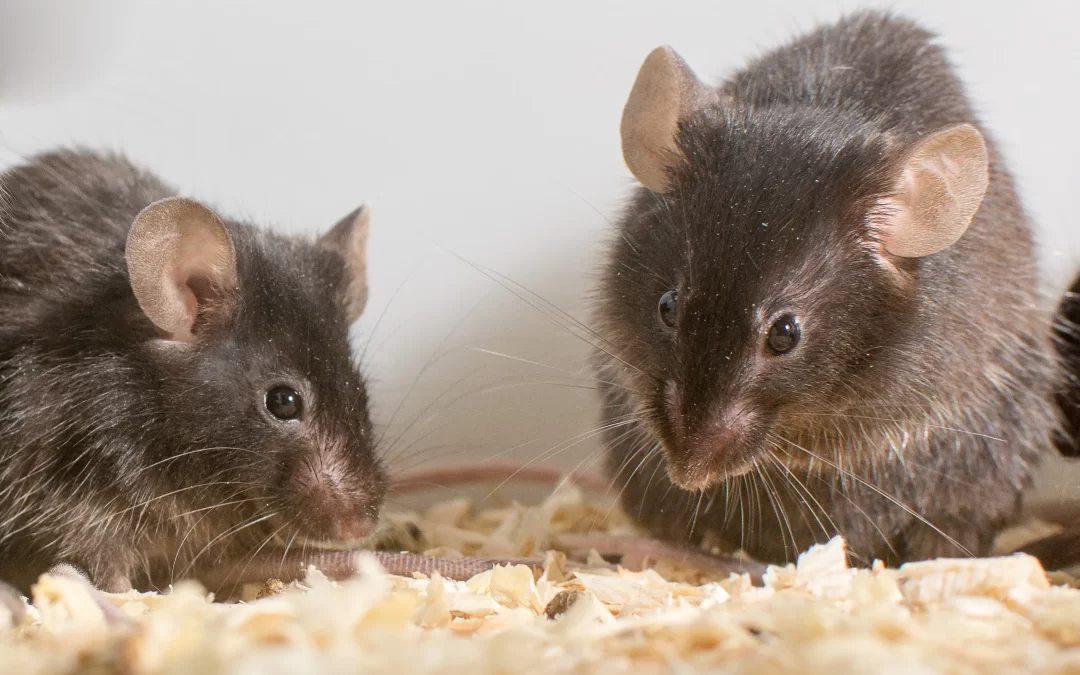
Coexisting Through The Cold
Coexisting Through The Cold
4 minute read –
As the summer season gives way to autumn, creatures of all kinds will begin to prepare for the coldest time of year, when temperatures may become dangerous if appropriate shelter is not acquired.
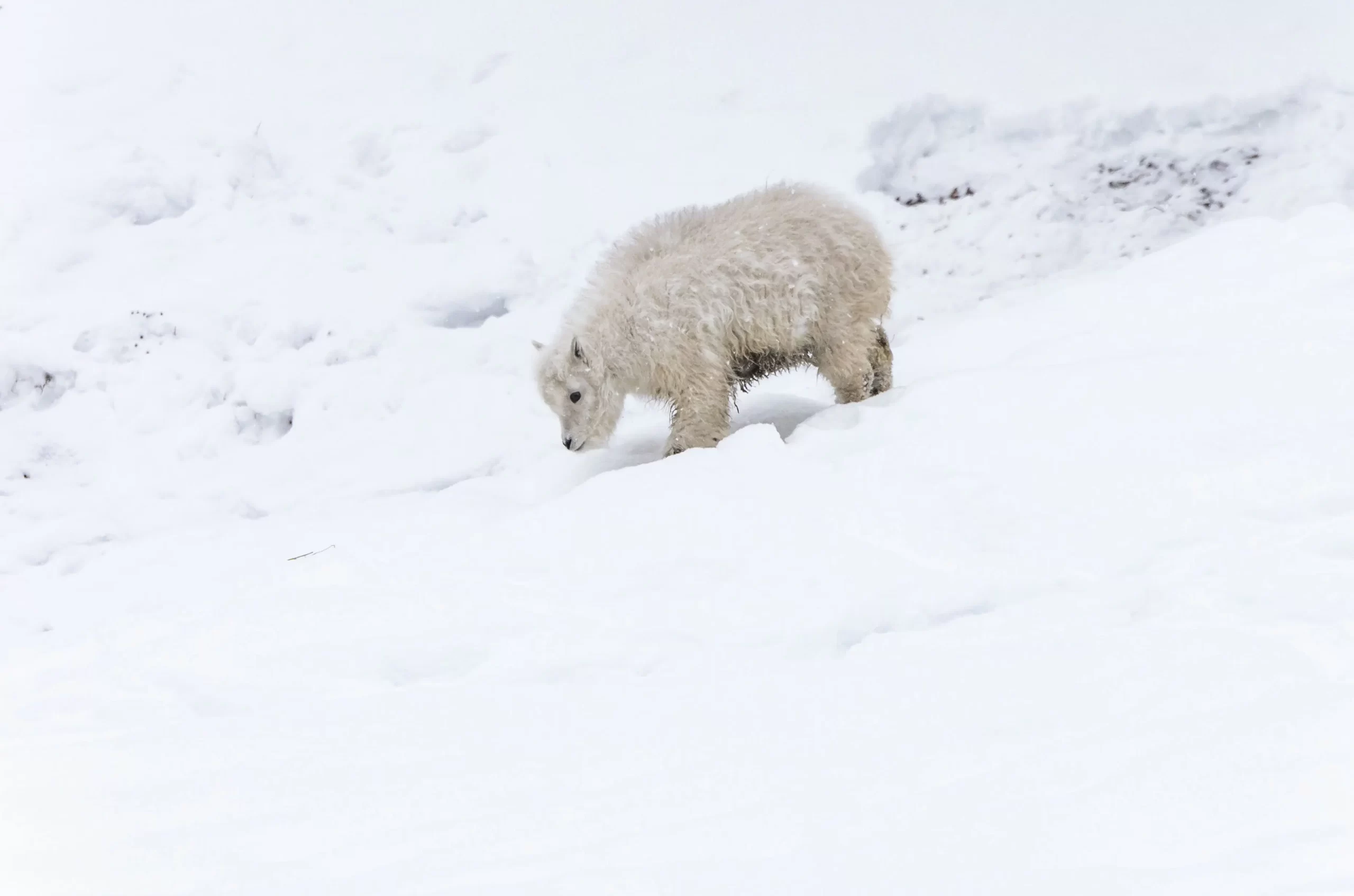
Animals of course off-set the cold by growing thicker, denser coats to insulate against the chill. Also in preparation for this chill, the animals go into hyperphagia where they gorge on food to put on a layer of fat which provides two primary values: Fat can perform similar to an insulating blanket keeping the animal warmer against physical contact with the frozen ground and the cold breezes. The fat can also perform like a battery with energy stored in the form of carbohydrates providing the animal with the nutrients required during this challenging time of year to keep warm and muscles flexible.
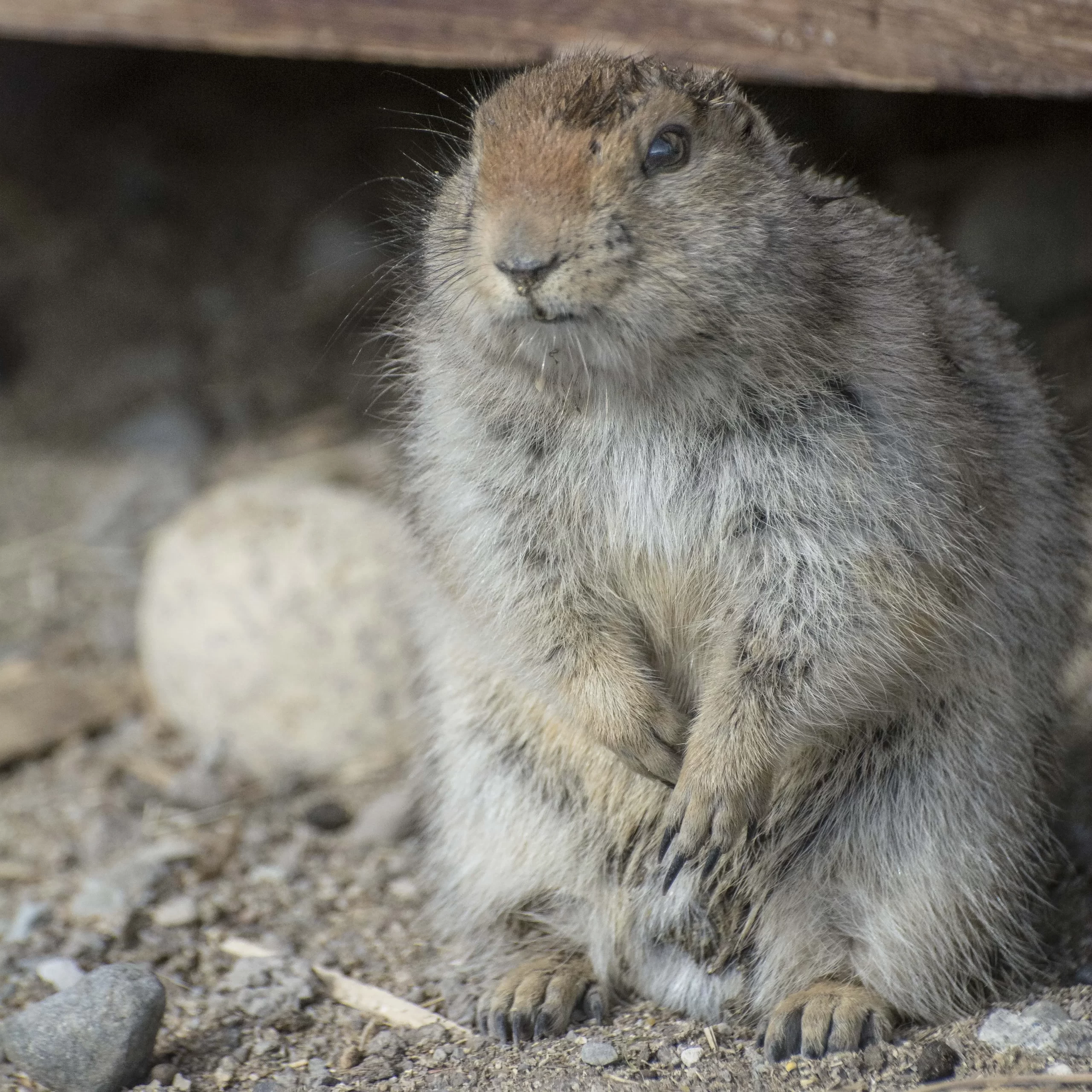
Some animals have evolved to avoid all the extra work and discomfort of the winter by either migrating to warmer climes in the south or hibernating in a cozy den or other shelter.
Autumn is the time when smaller creatures who do not hibernate go exploring for a warm, safe place to spend the winter, and human homes are very attractive for mice and similar rodents. Our homes have everything they desire including protection against the elements, water and if no food is available such as a pet’s food in a bowl on the floor, the rodents will instinctively bring their own harvested supplies from outside your home.
Rodents can bring much more than seeds, grasses and dried berries into your home, they may also introduce infections as well as their copious droppings and urine tracks. Hantavirus is a virus that is found in the urine, saliva, or droppings of infected deer mice and some other wild rodents. Hantavirus may be fatal for some people exposed to it.
So the task is to prevent these little rodents from entering your home and there are a number ways it can be done successfully. Step one is to review the past history of finding mice in your home. If you have a cat, this problem may not exist for you as a good mouser can eliminate much of the problem before it gets into your home.
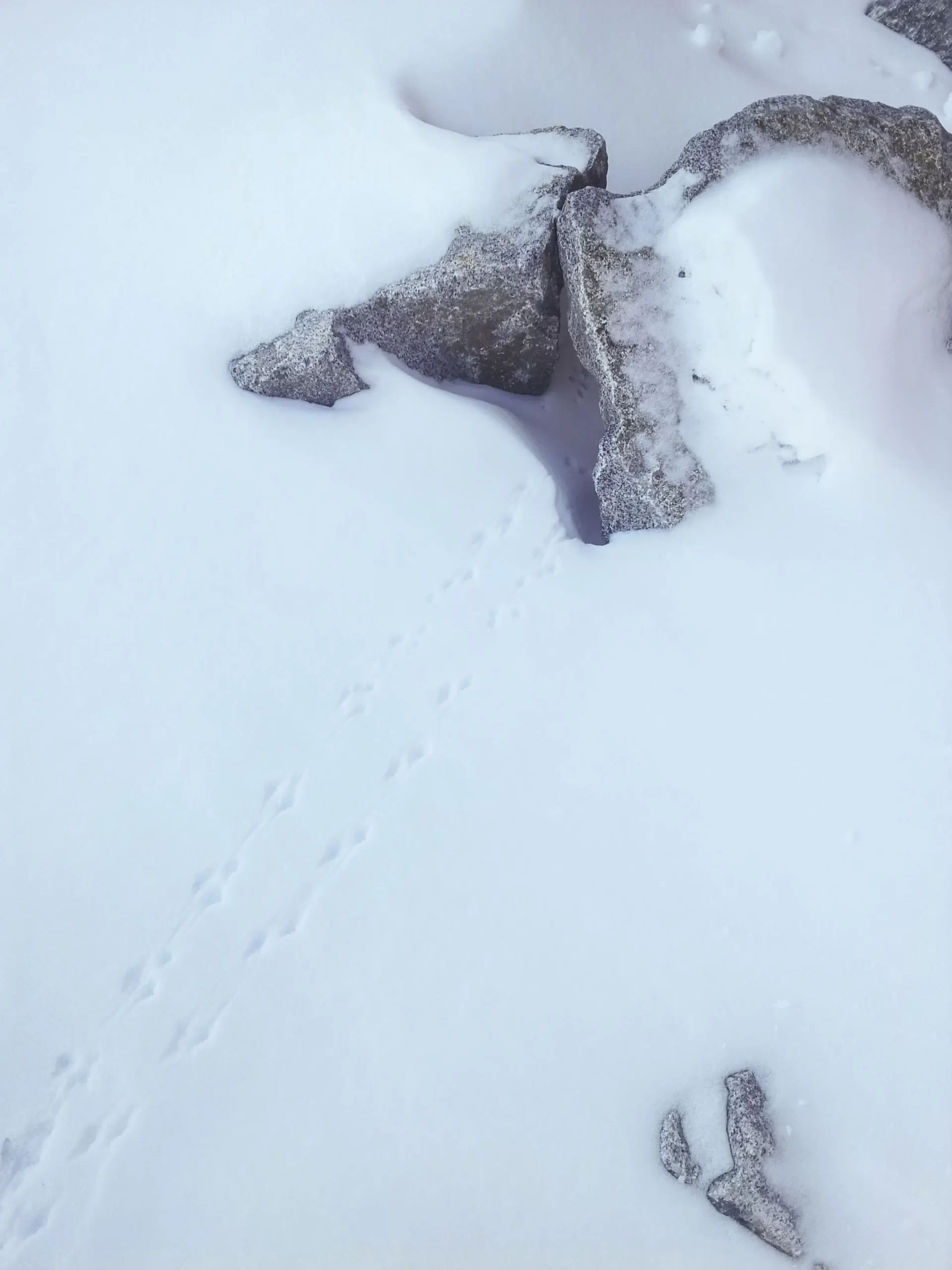
None-the-less, examine the outside perimeter of your home in search of places where the rodents may enter. Mice climb very well so look at the whole building, not just the foundation. A trick to help find the routes the mice take around your home may be accomplished in the dark of night with a ultra-violet light which will fluoresce the urine trails mice create, providing you with their most used routes and points of entry into your home
If mice are already living in your house, the task will be how to eliminate them effectively. Mankind has developed a number of ingenuous methods to dispatch rodents and we are always on the lookout for a “Better mousetrap”. Again, a kitty-cat works wonders, and natural solutions are most often the optimum.
There are a variety of mouse traps available depending on your ethics in eliminating pest rodents. Oddly a greater concern for eradicating these small creatures leans to more humane ways to deal with the pests. Poison may appear to be more humane than the Victor snap trap or the morally superior live trap which allows live caught mice to be set free in another location. Whatever your position on humane pest trapping and eradication, the effects of the eradication methods used should not be transferred to other species to suffer from.
The old Victor snap trap is perhaps the most common and effective tool for this purpose, but if you prefer a more humane capture method, live traps are available and work well, but must be monitored to ensure the captured mouse does not perish if not released in due time.
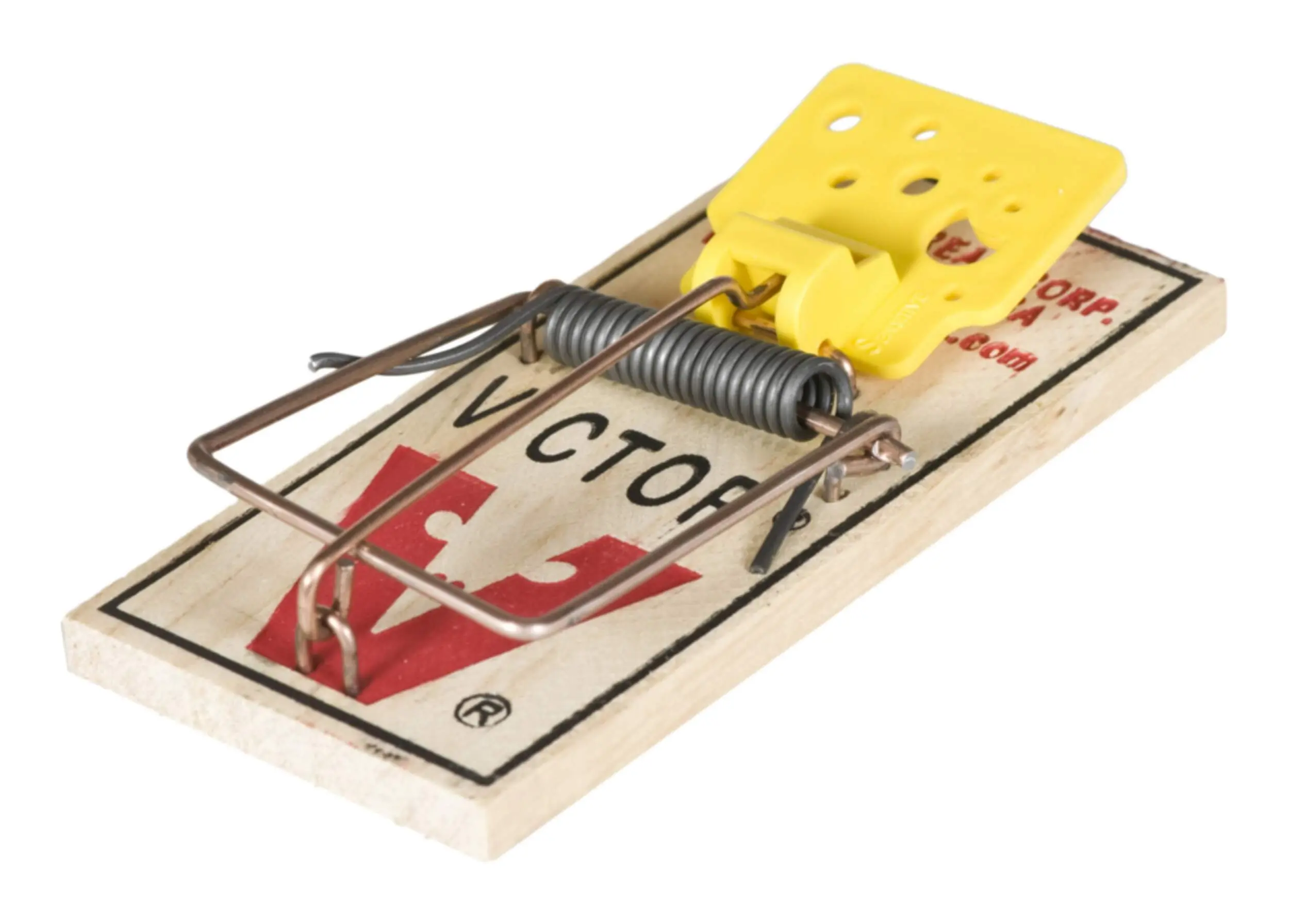
It is wise to plan where you will release the captured mouse to ensure it will not trek back to your home. Some studies have shown that mice will travel up to 100 meters from their nests in search of food, while others have found they can travel several kilometers if necessary, to return to their nests
Sticky traps that immobilize the creature with a strong adhesive work well, but many consider them to be a cruel and punishing method as the animal will perish from starvation or dehydration. These sticky pads may also become attached to cat paws and dog noses and can be difficult to remove.
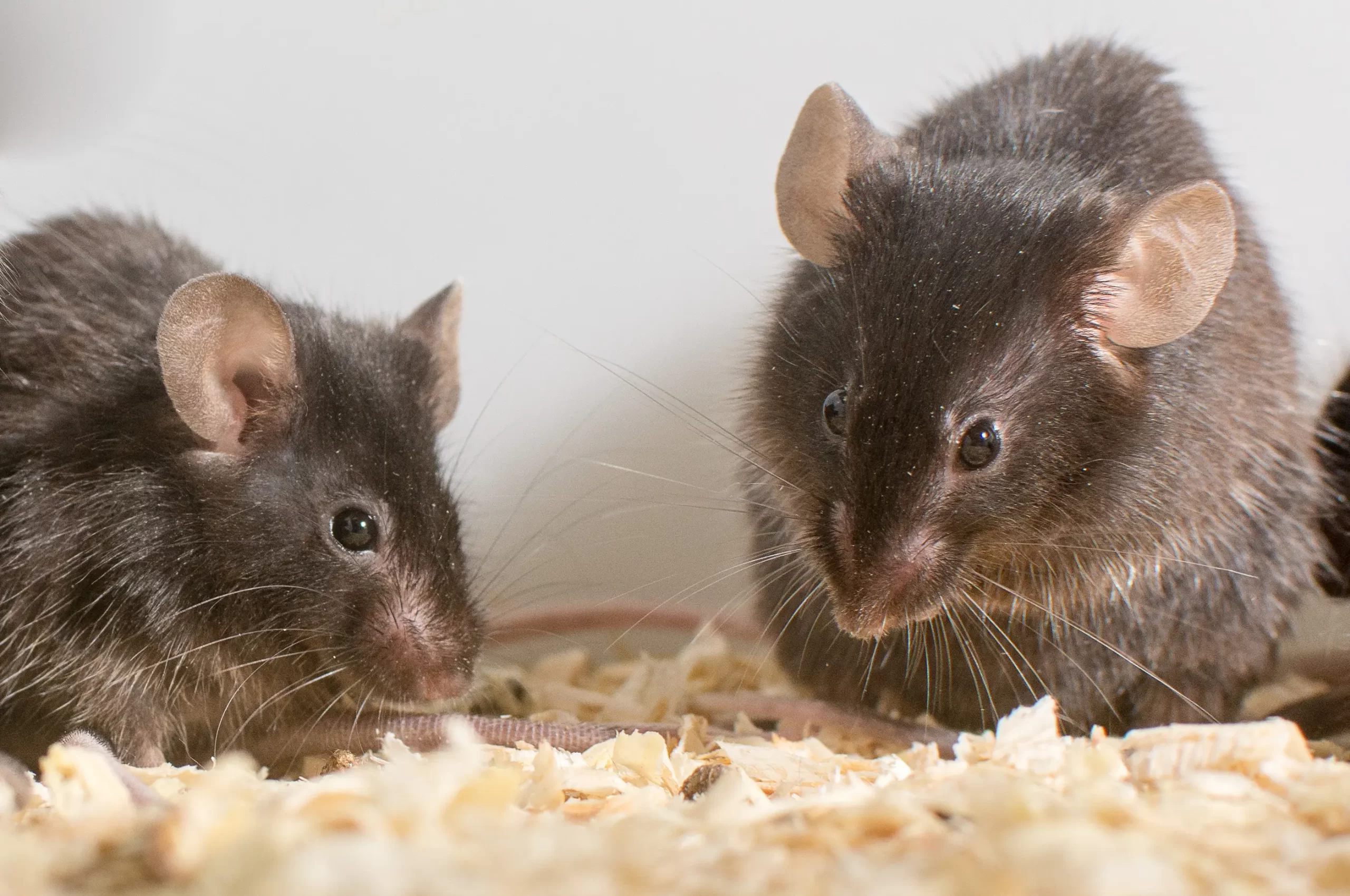
I must be honest here – I do not recommend poisons of any kind to eliminate pests of any species. Poisons are the weapon that keeps on killing even beyond the target species you originally wanted to remove.
There is growing concern for the health of owls and other raptor species worldwide due to the increasing use of rodenticides to eliminate mice, rats and similar pests. It’s a simple thing to understand by connecting the dots: Mice eat the poison, owls and other creatures eat the poisoned mice, the poison levels build up in those that eat the mice leading to their eventual death, and it is not a quick and painless death either. Some poisons are anticoagulants causing the animal to bleed to death internally.
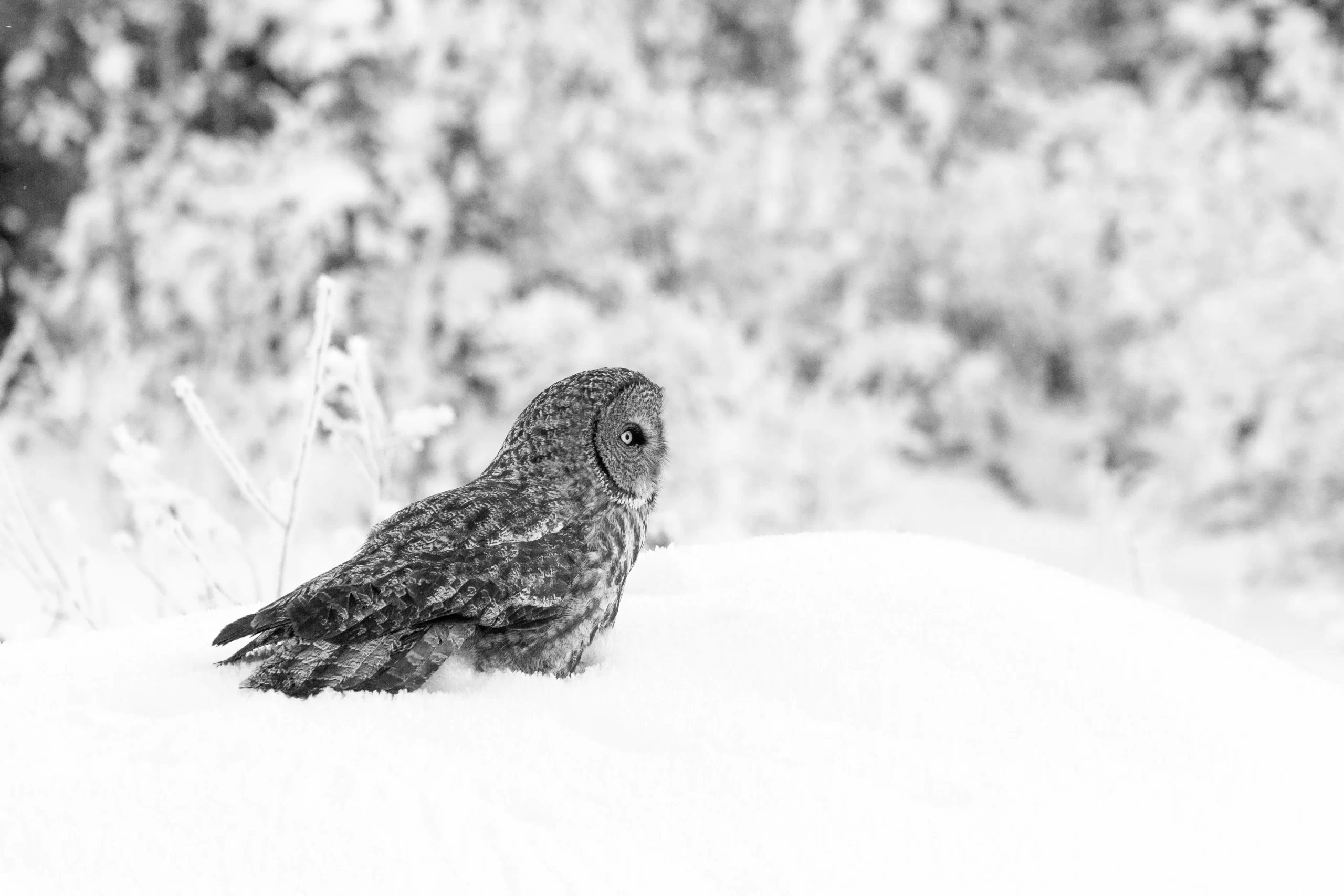
Other poisons alter the body chemistry, sometimes causing a slow painful death as muscles twist and contort while primary organs such as lungs, livers and kidneys stop functioning. Other poisons promote the rodent body to dehydrate, which is also a punishing and slow process for the animal to eventually succumb.
Poison is being used more often because it is easier for humans to set it and forget it. Deploy the poison, sit back and wait for things to die. I suspect some of this is because many people do not like to be involved with rodents either dead or alive, so the out of sight-out of mind effect outweighs using mechanical traps that require humans to remove the cadavers and reset the trap now covered in mouse germs. Disposable rubber gloves are an effective and affordable way of protecting yourself while clearing and resetting a trap. Remember to wash your hands thoroughly after all the dirty work is done.
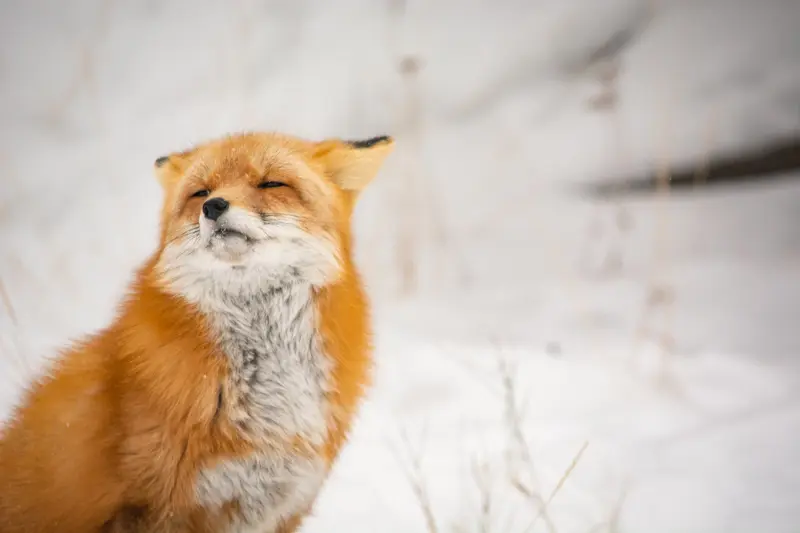
As autumn shifts toward winter, all creatures adapt in their own way—whether by growing thicker coats, storing fat, migrating, or seeking shelter. For many small rodents, that shelter can unfortunately be our homes. Just as wildlife relies on natural strategies to survive the cold, we too have choices in how we manage their presence. By opting for thoughtful, humane methods of prevention and control, we can protect both our households and the health of the wider ecosystem that depends on balance and respect.
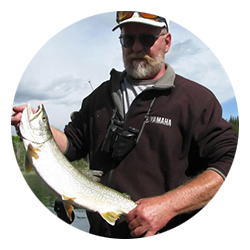
Doug Caldwell
Wildlife Interpreter
Doug is one of the Interpretive Wildlife Guides here at the Preserve. An avid angler and hunter he has a broad knowledge of Yukon’s wilderness and the creatures that live here. With a focus on the young visitors to the Preserve, Doug takes the extra time to help our guests to better appreciate the many wonders of the animal kingdom here in the Yukon.

